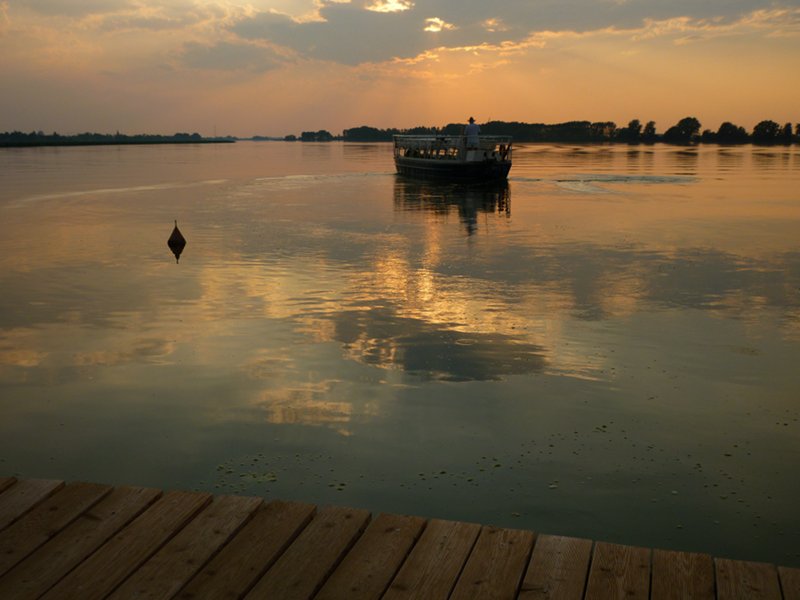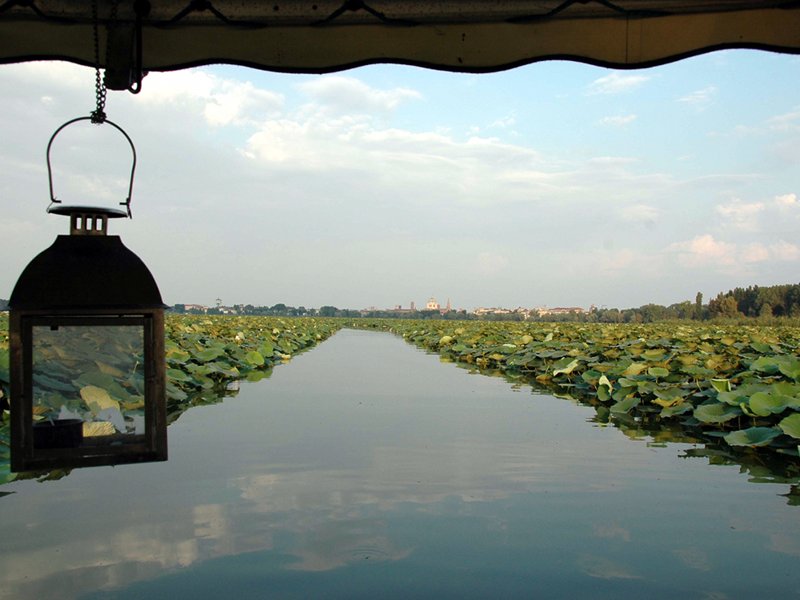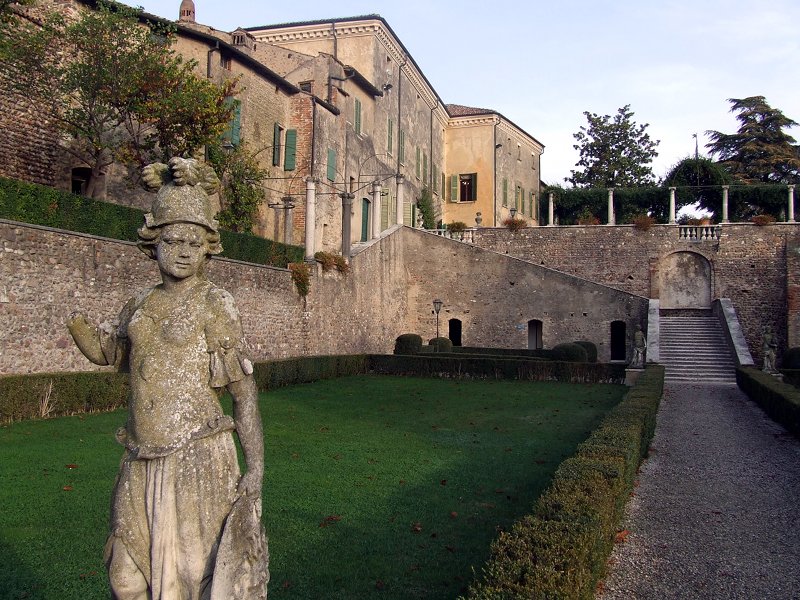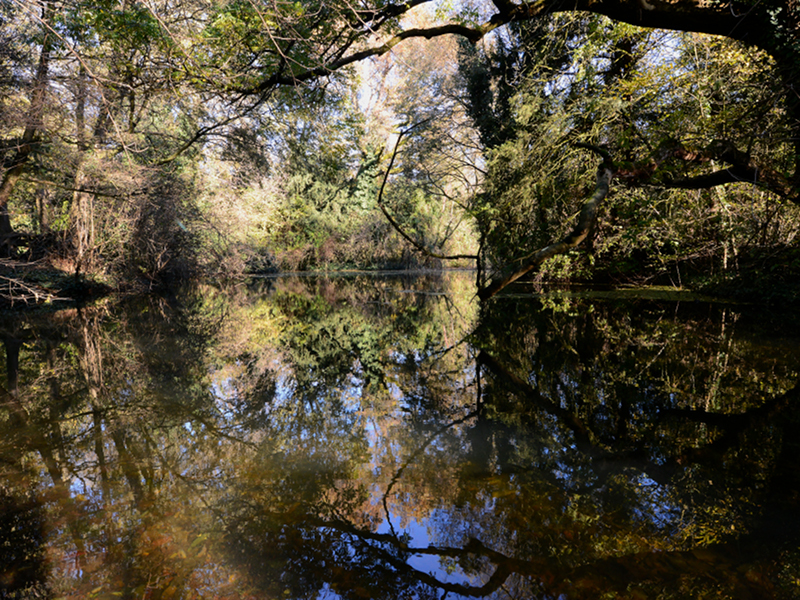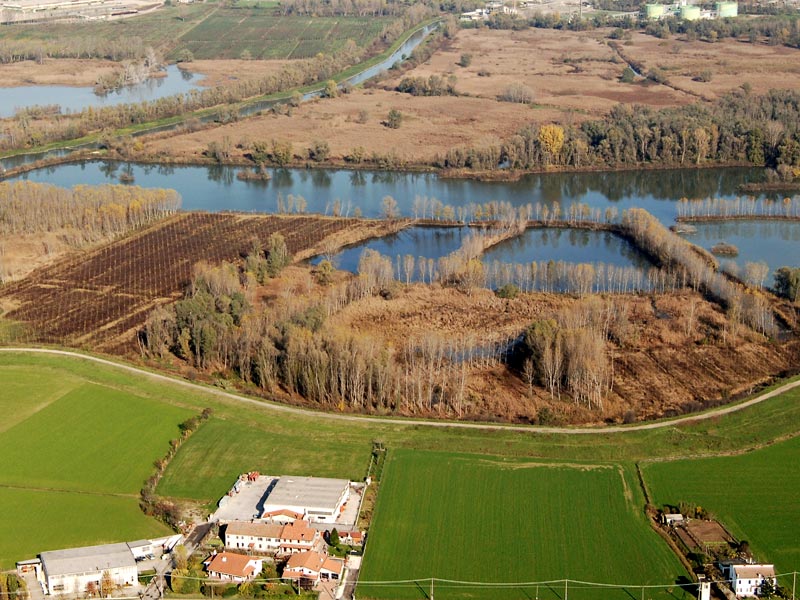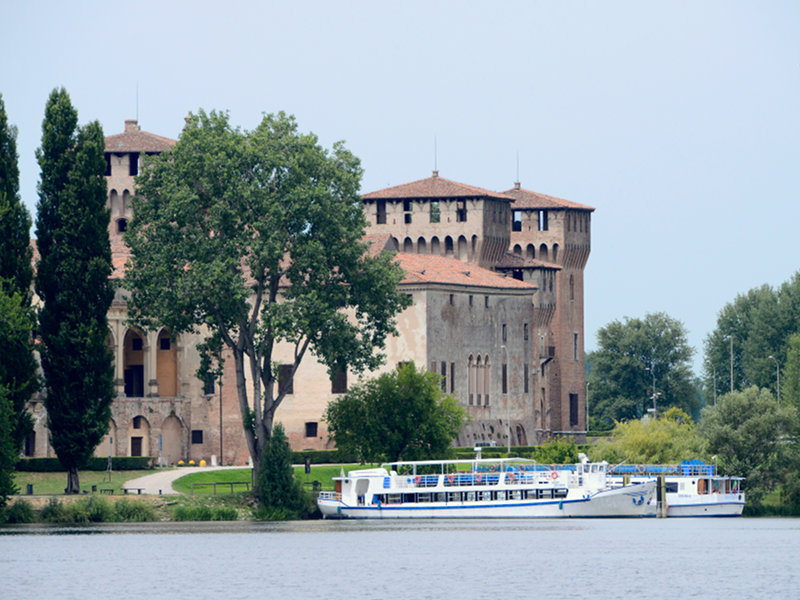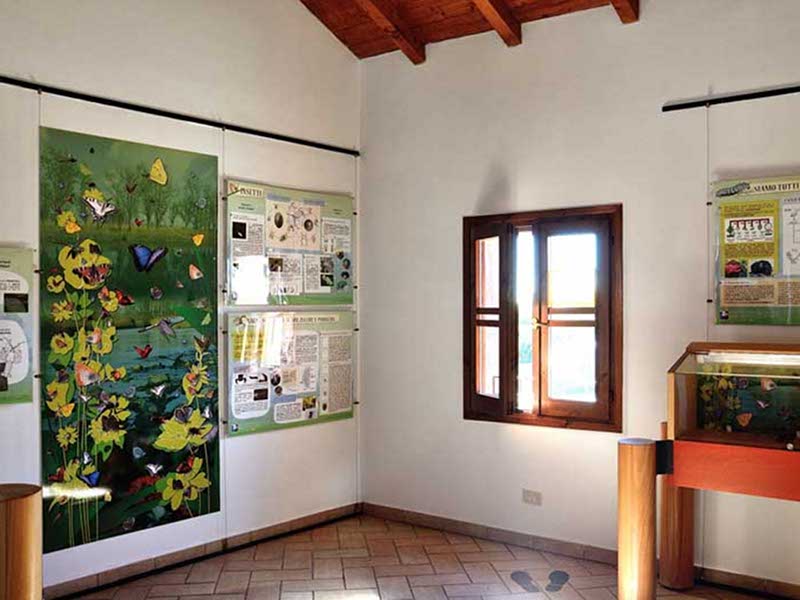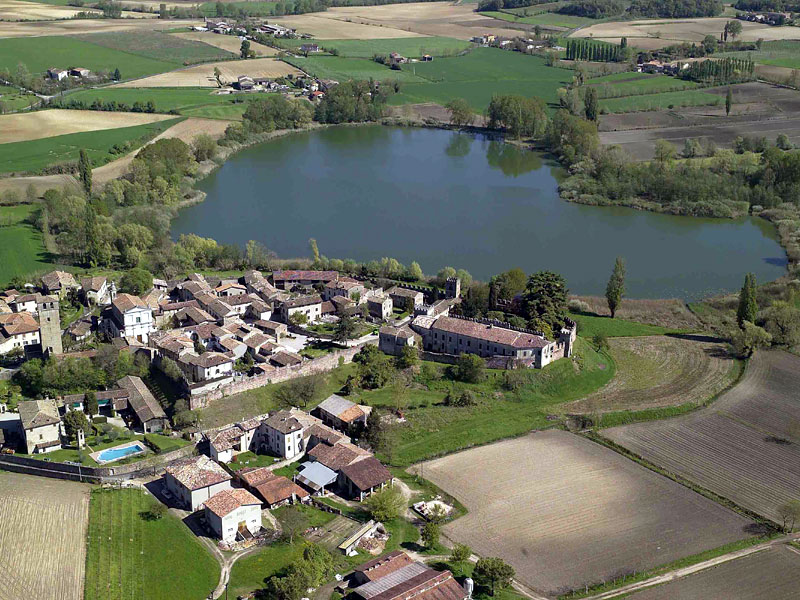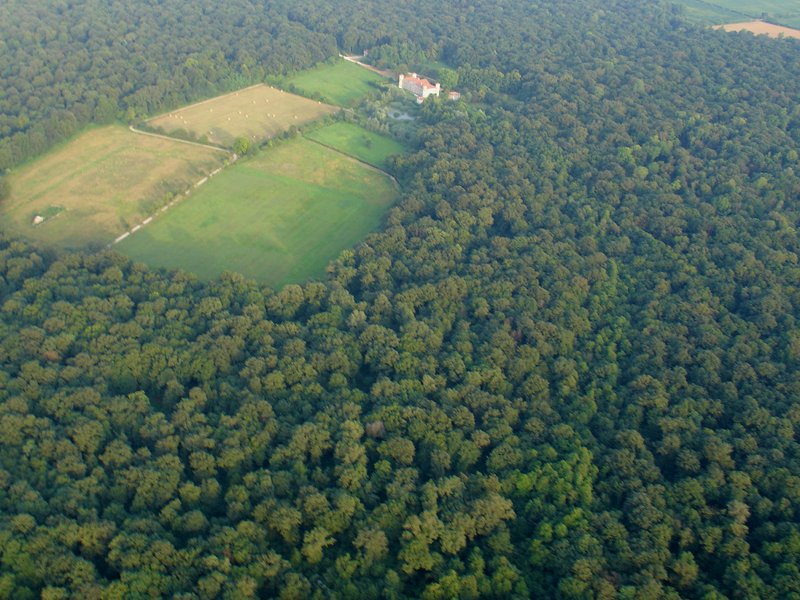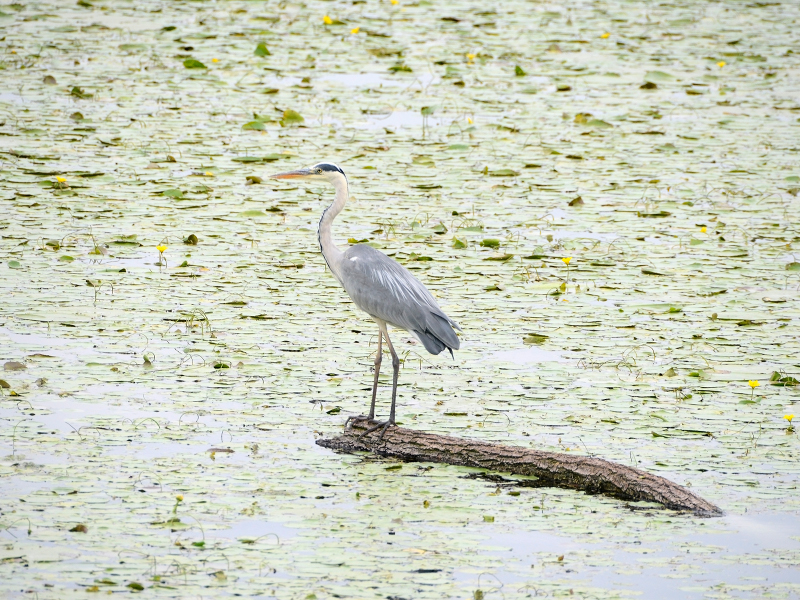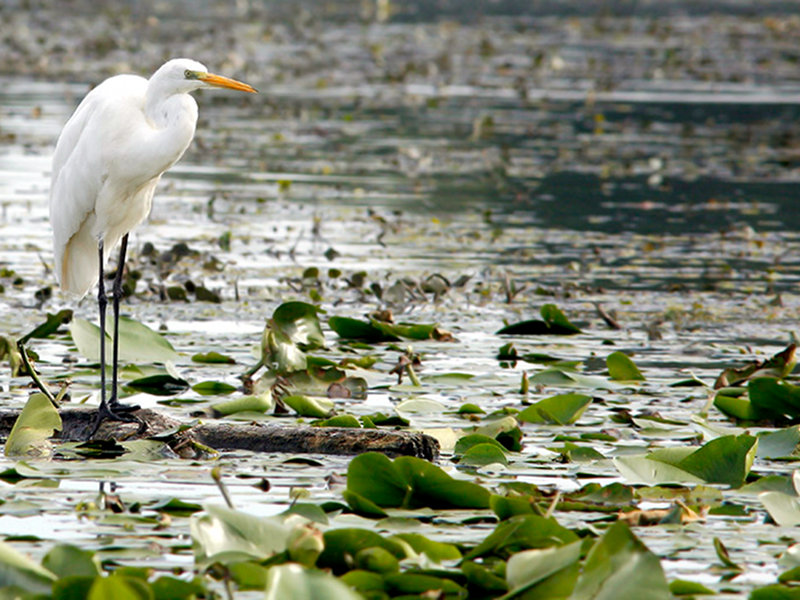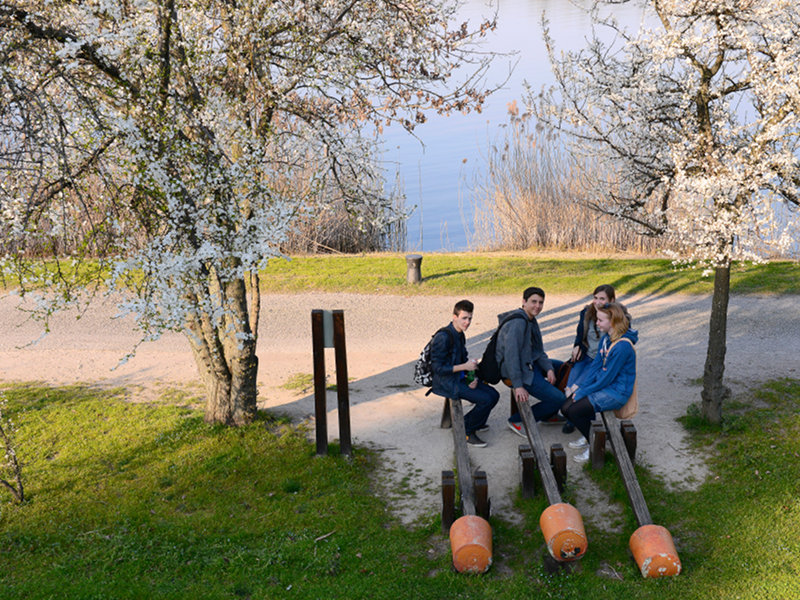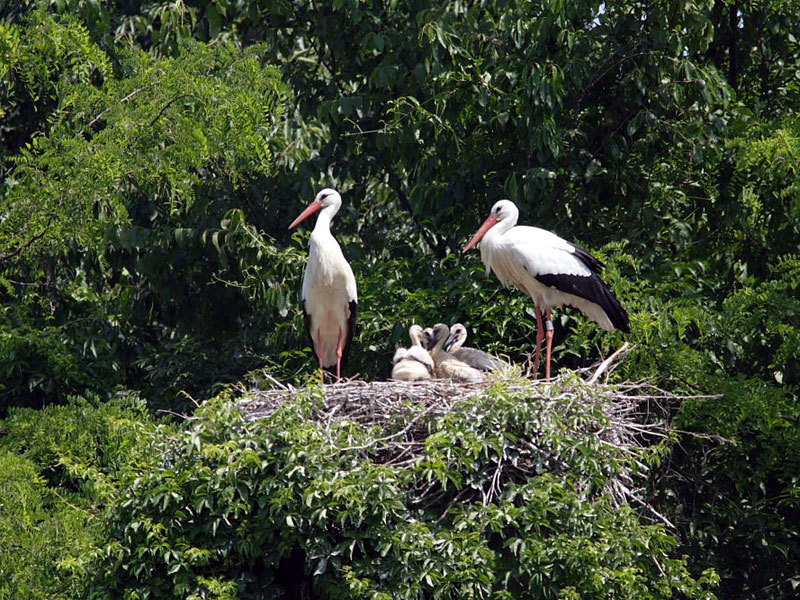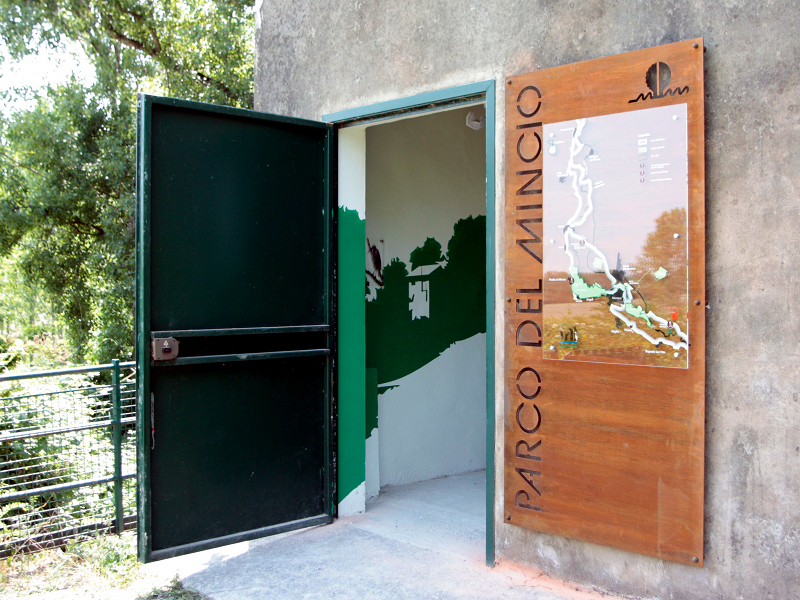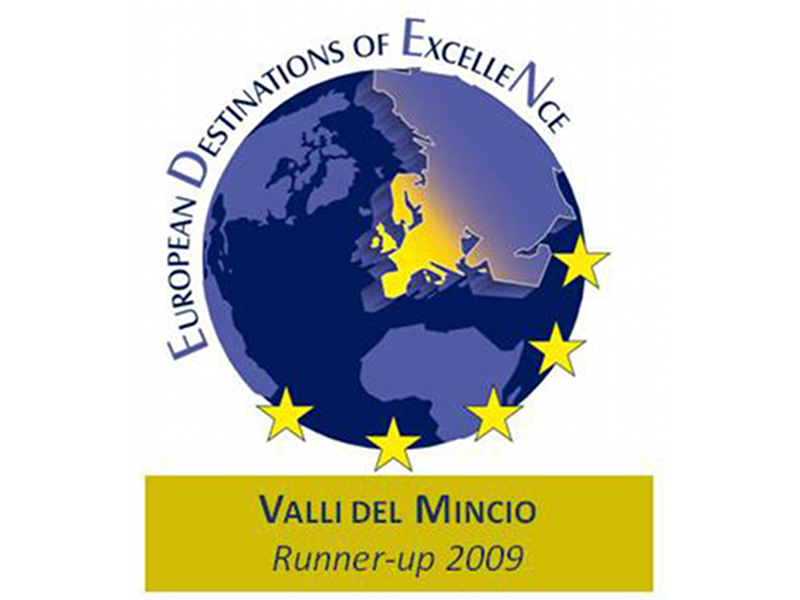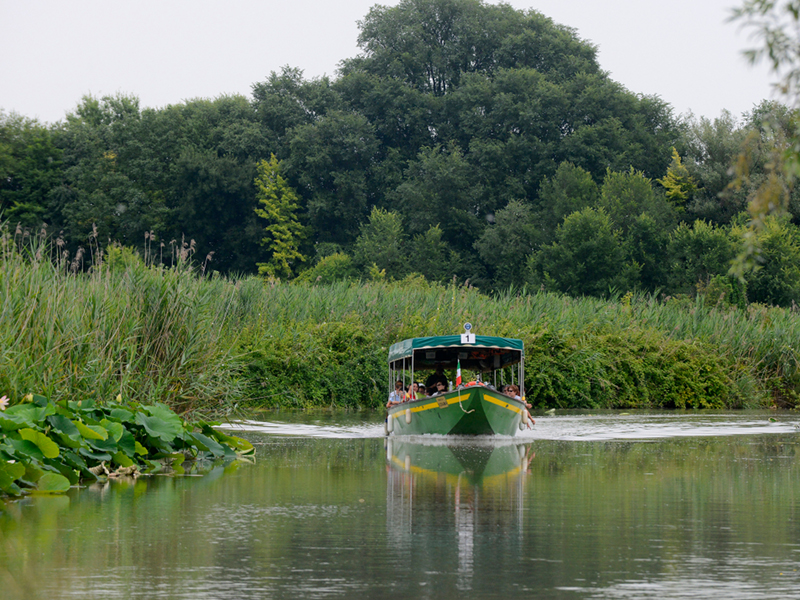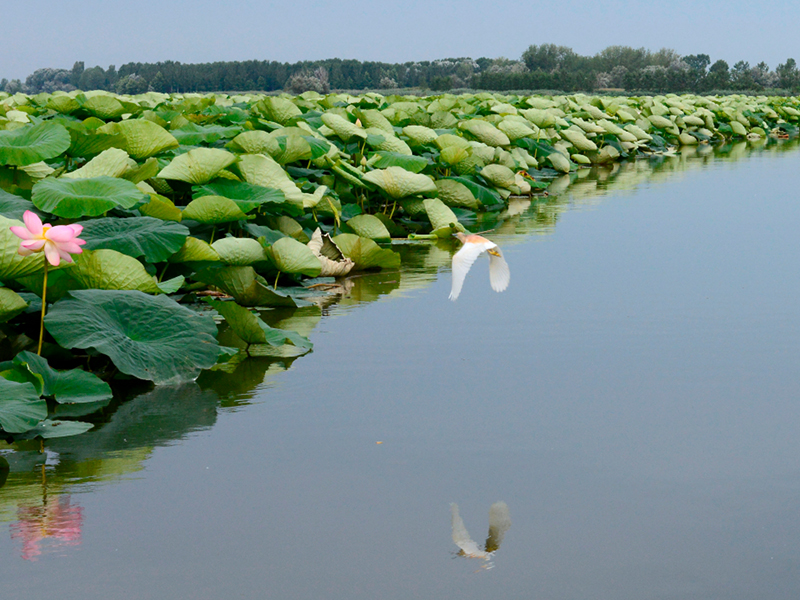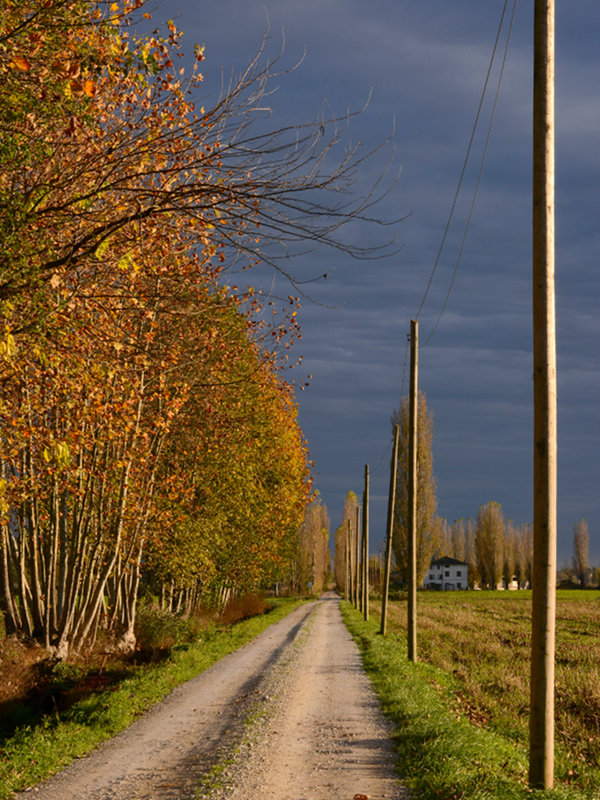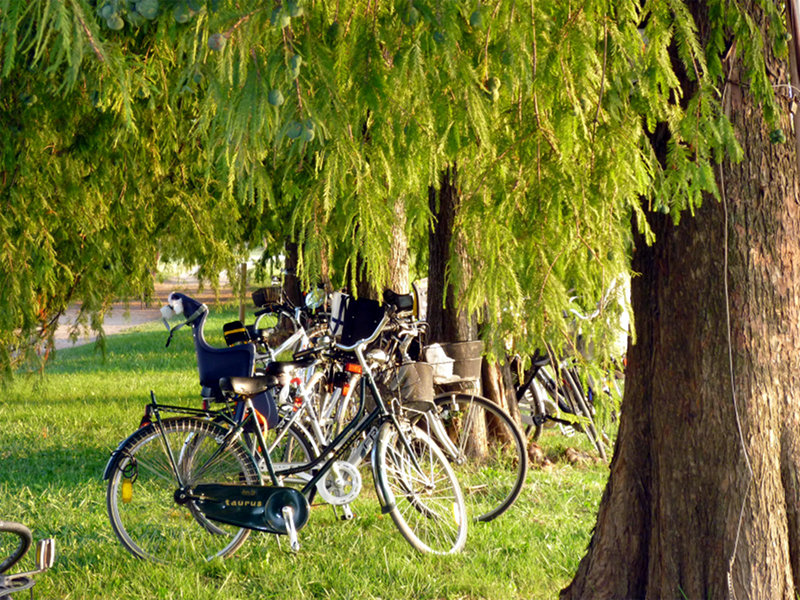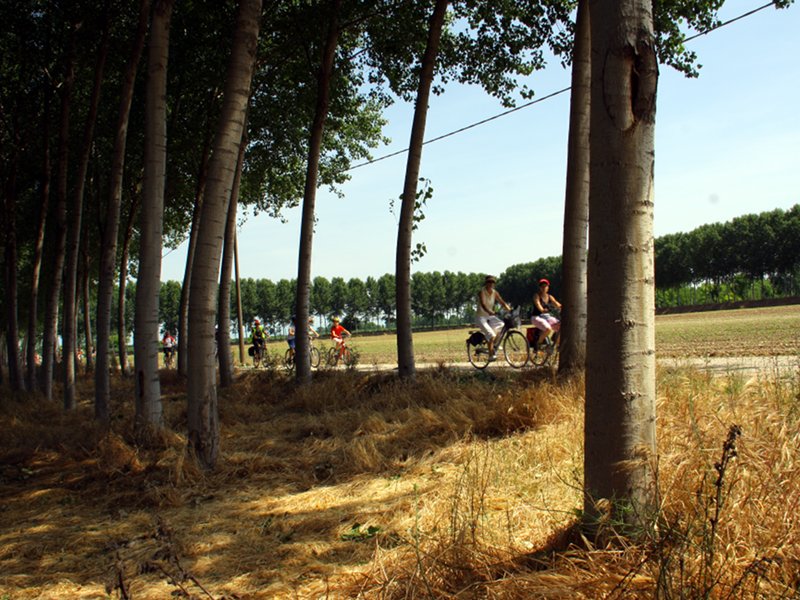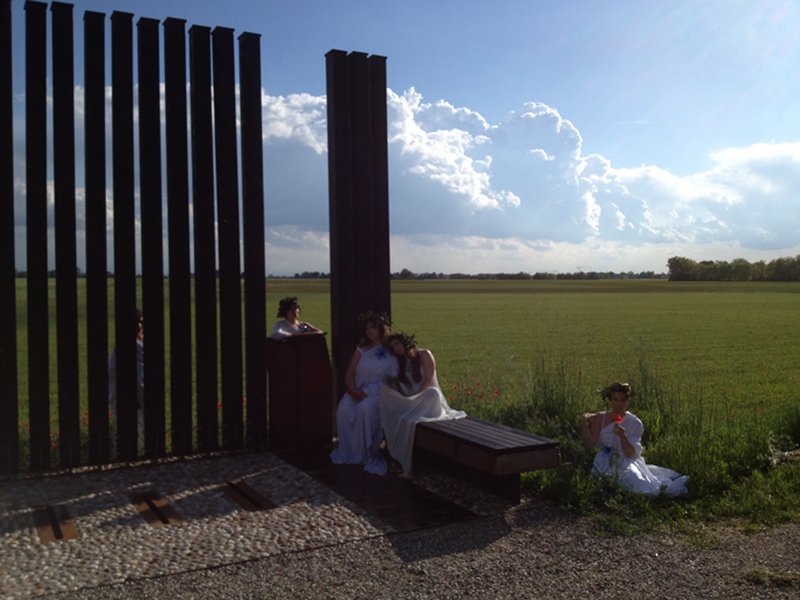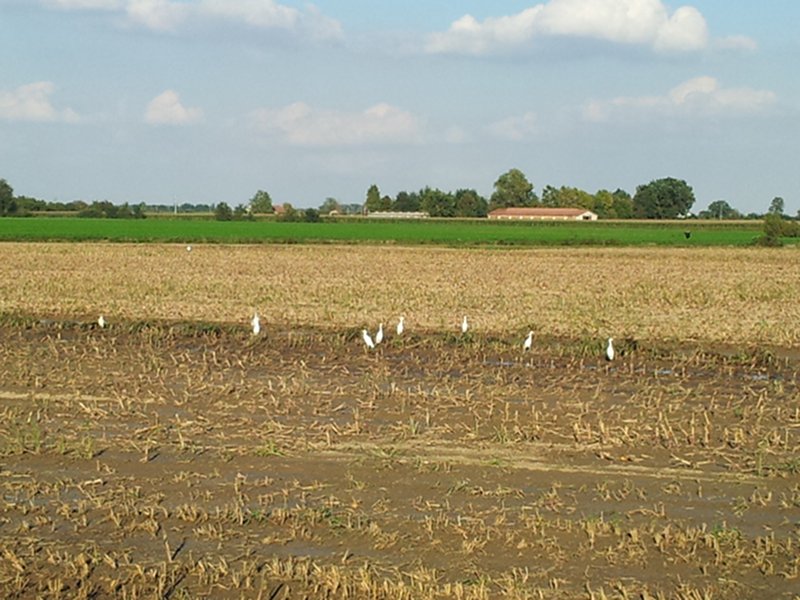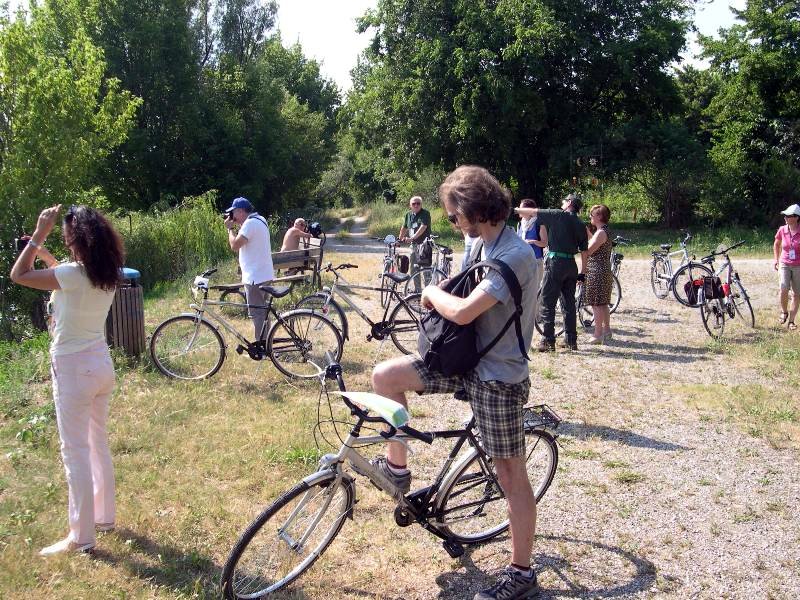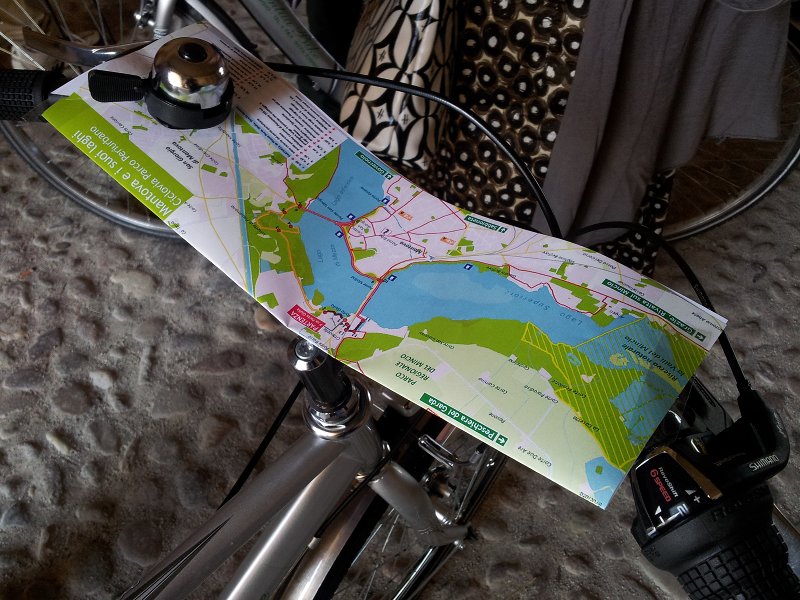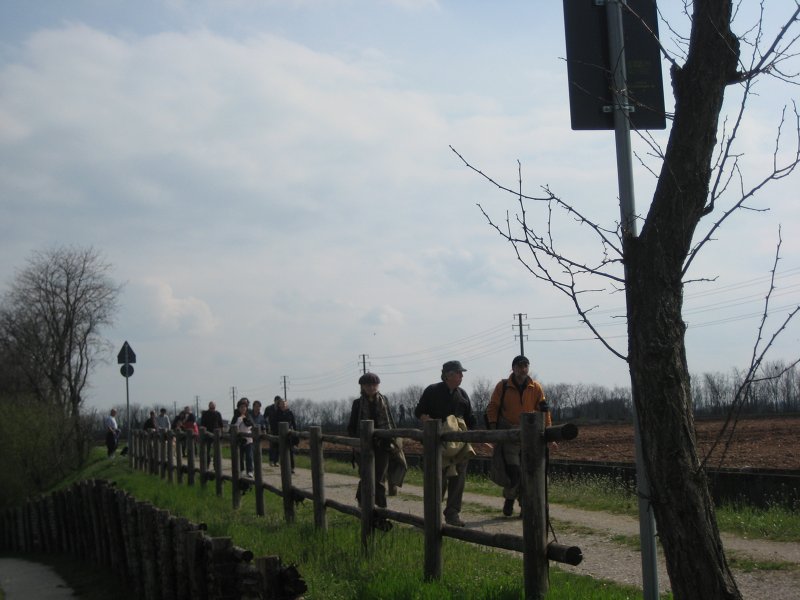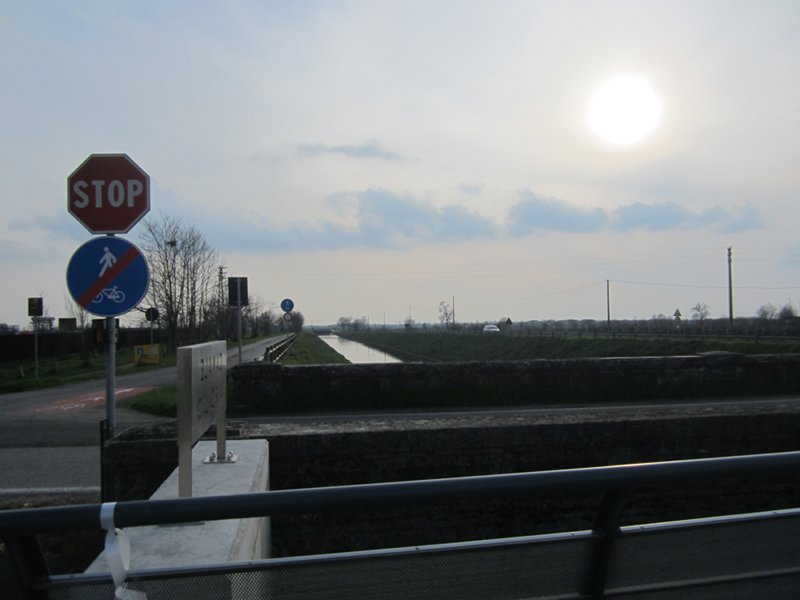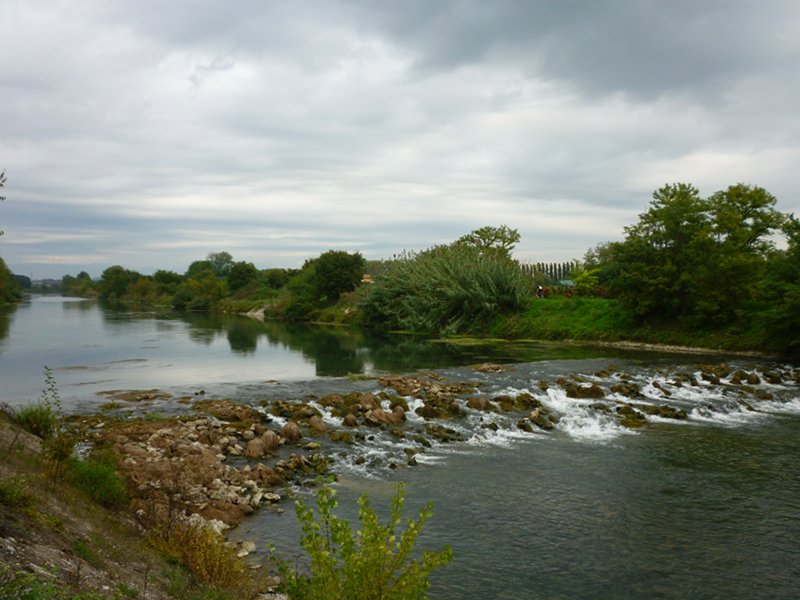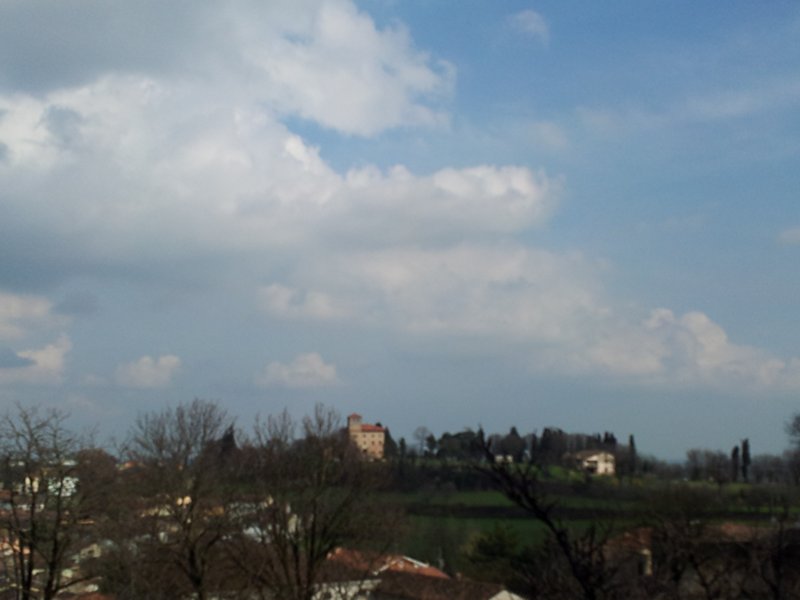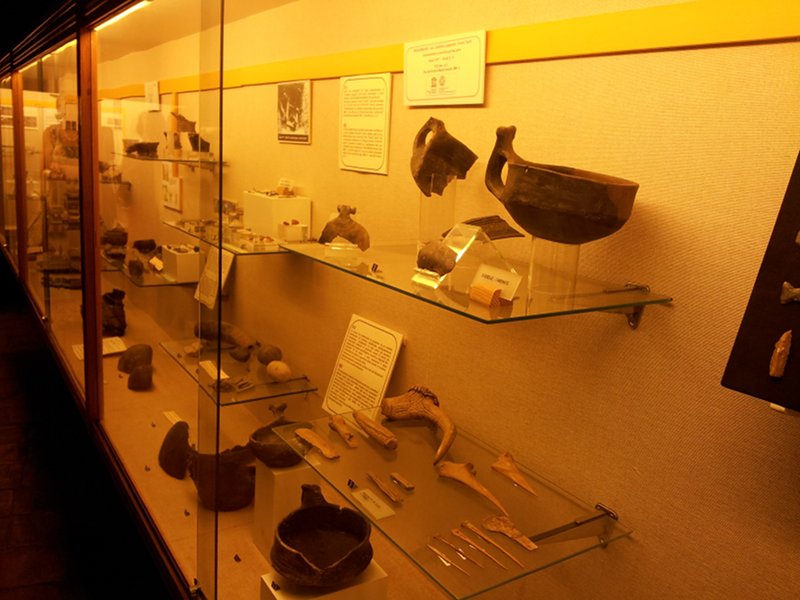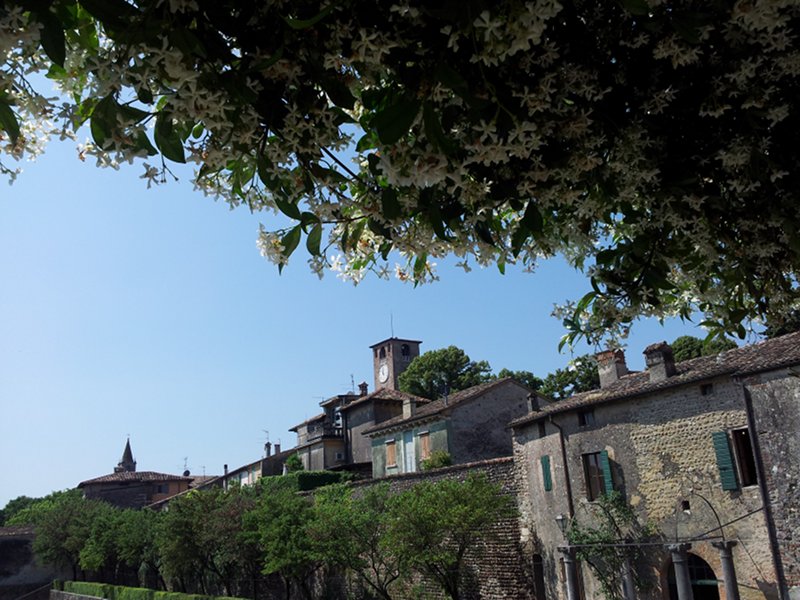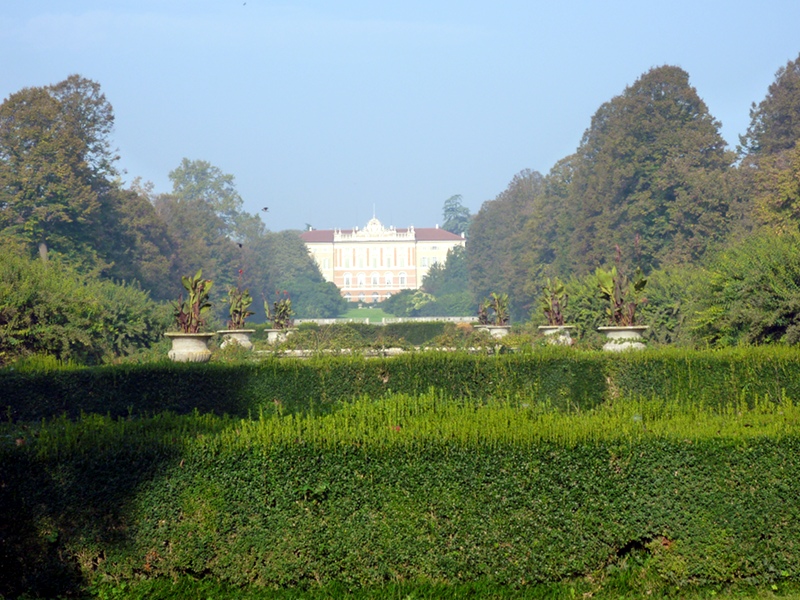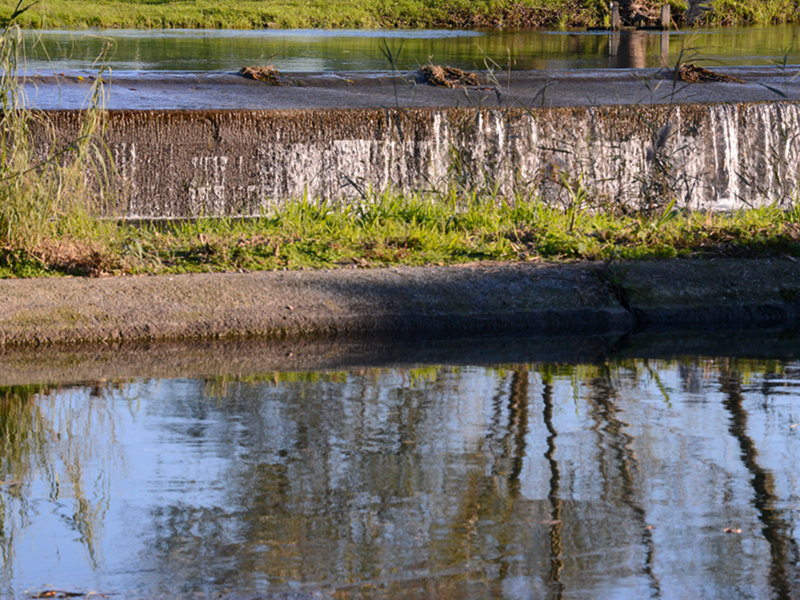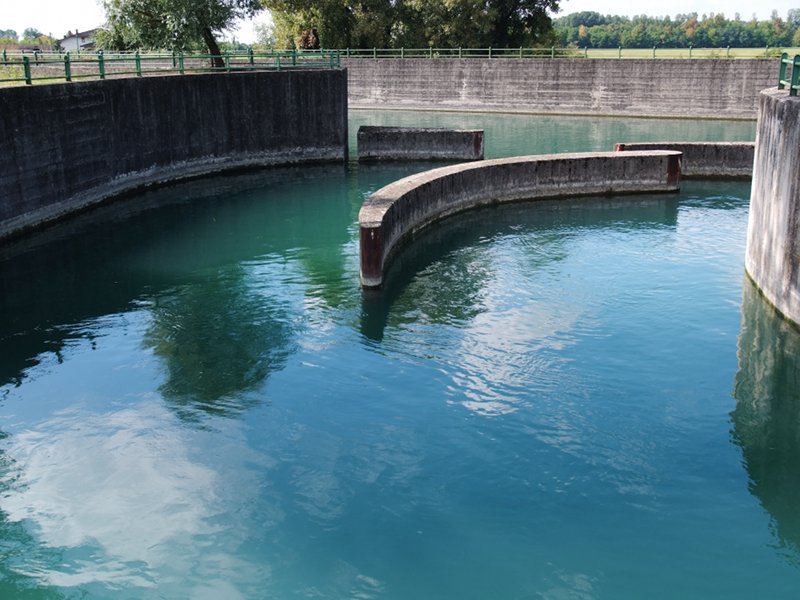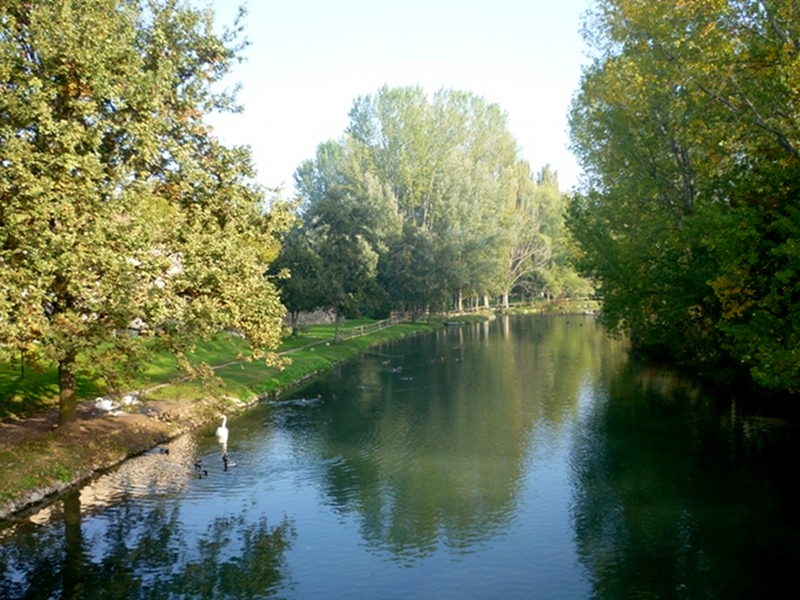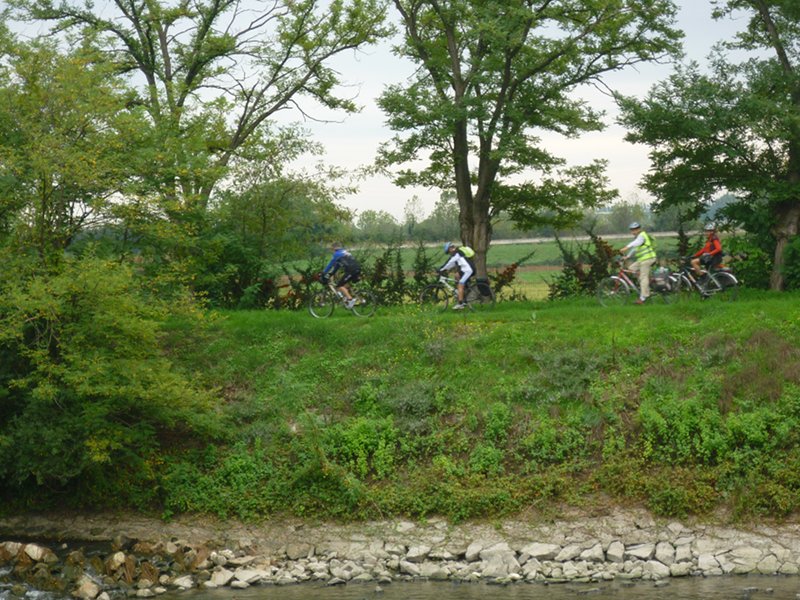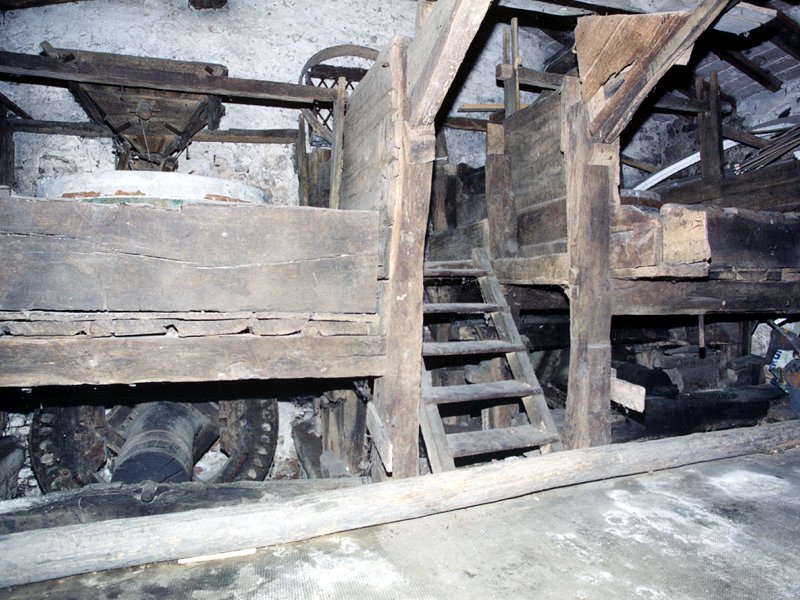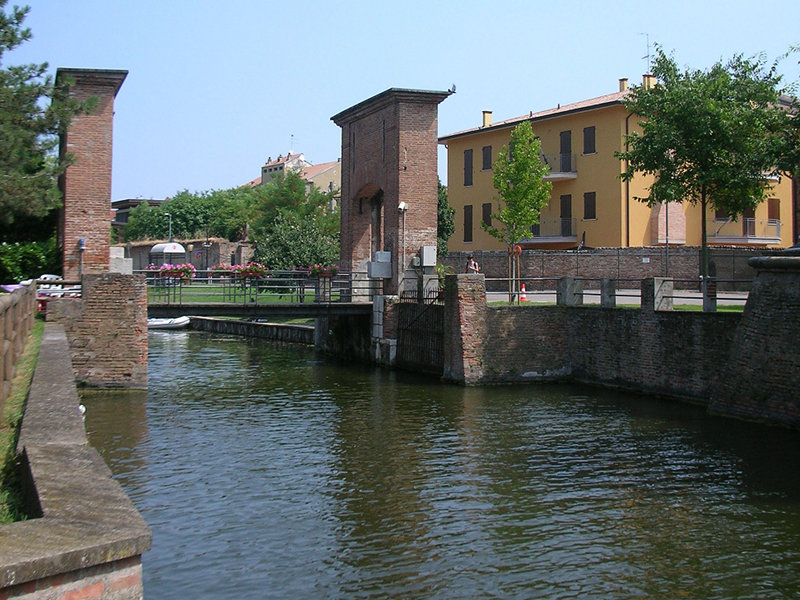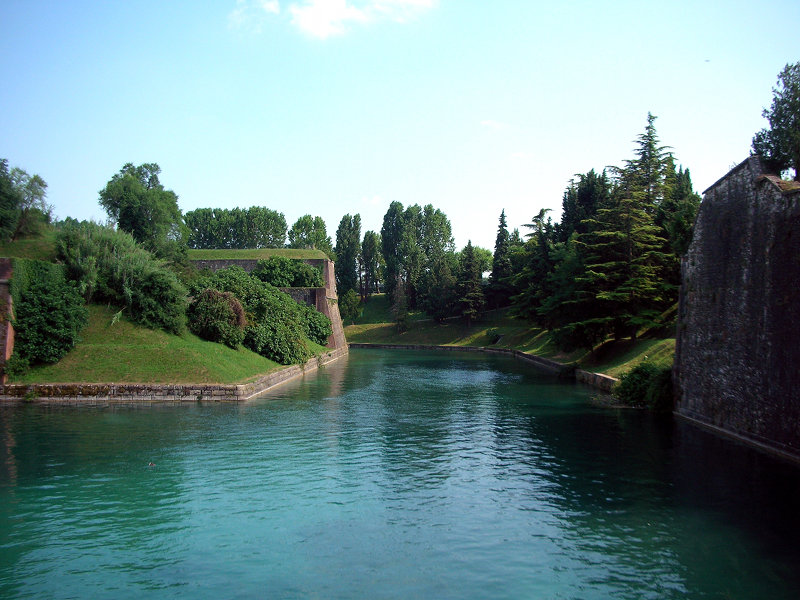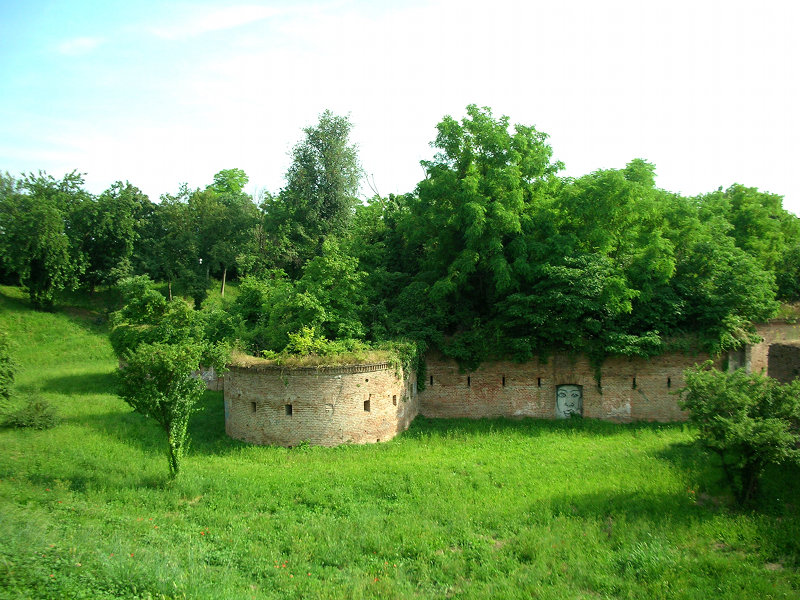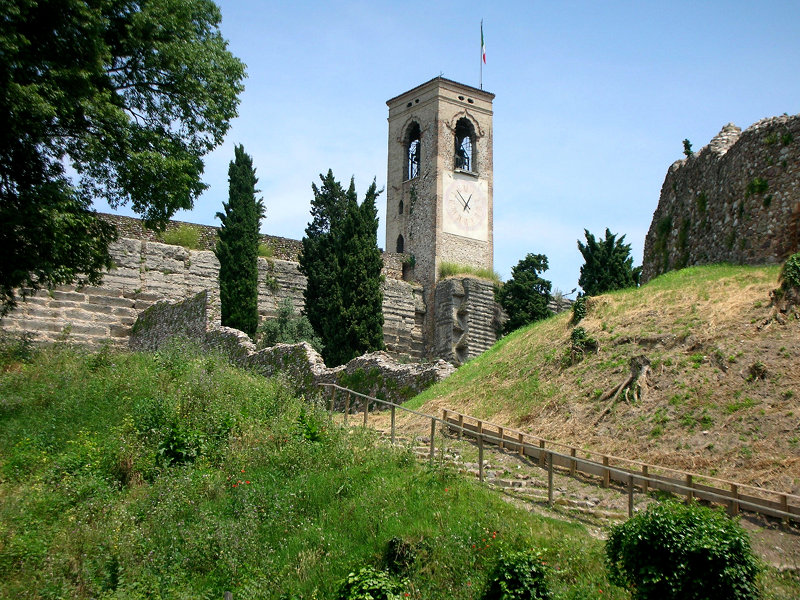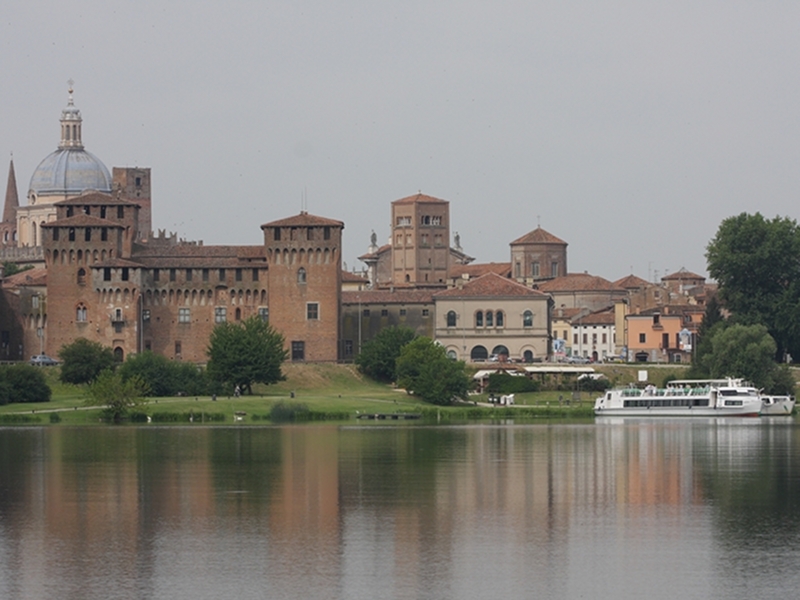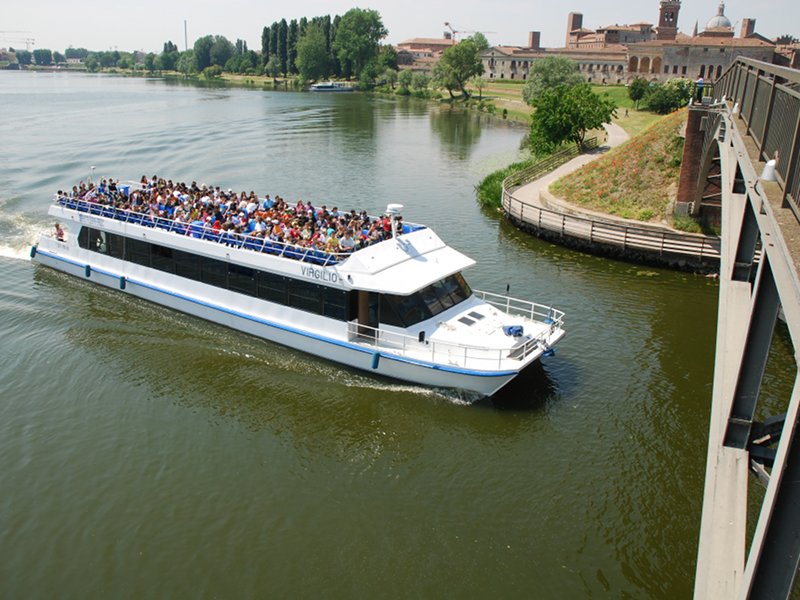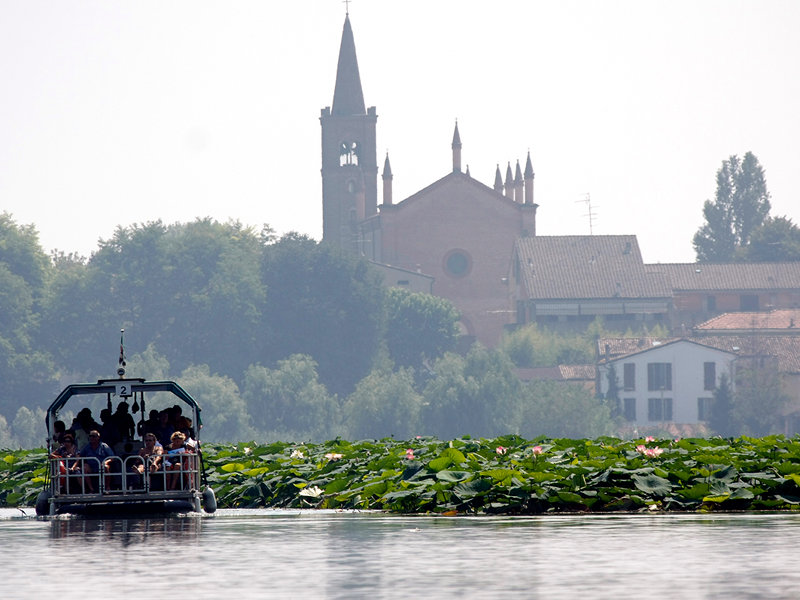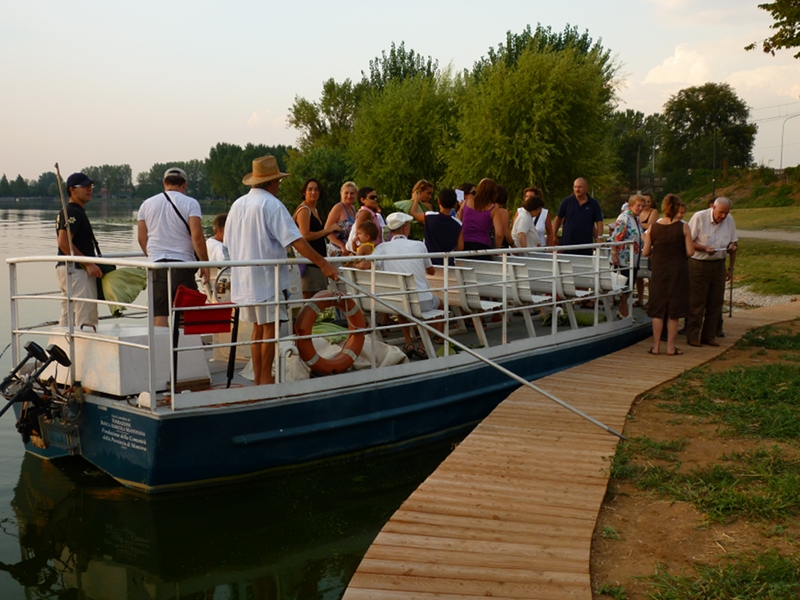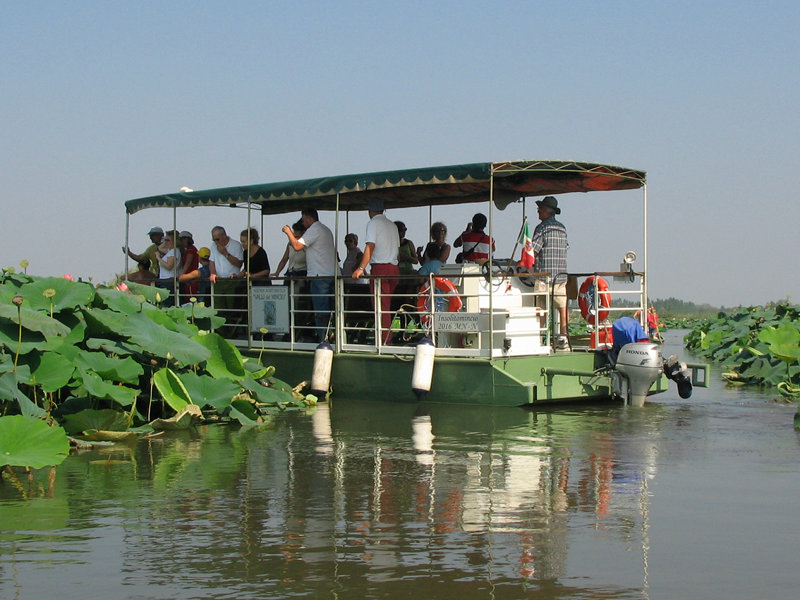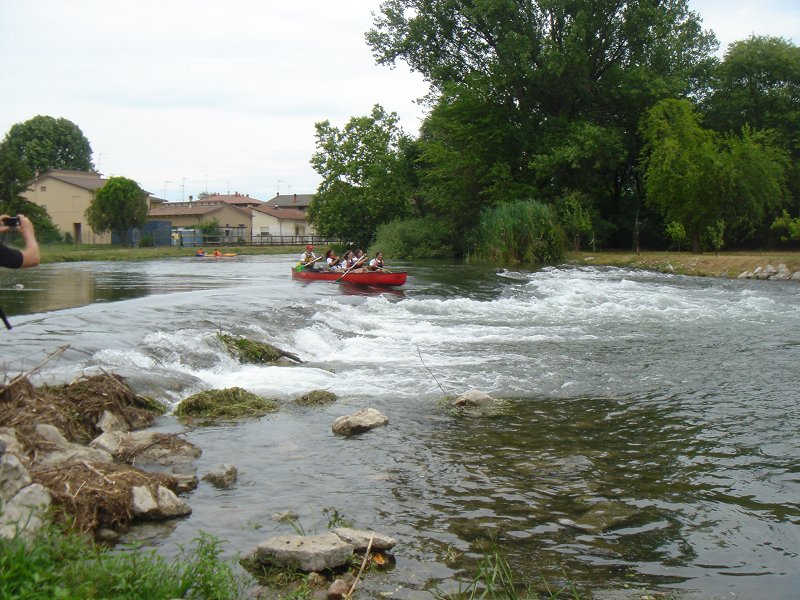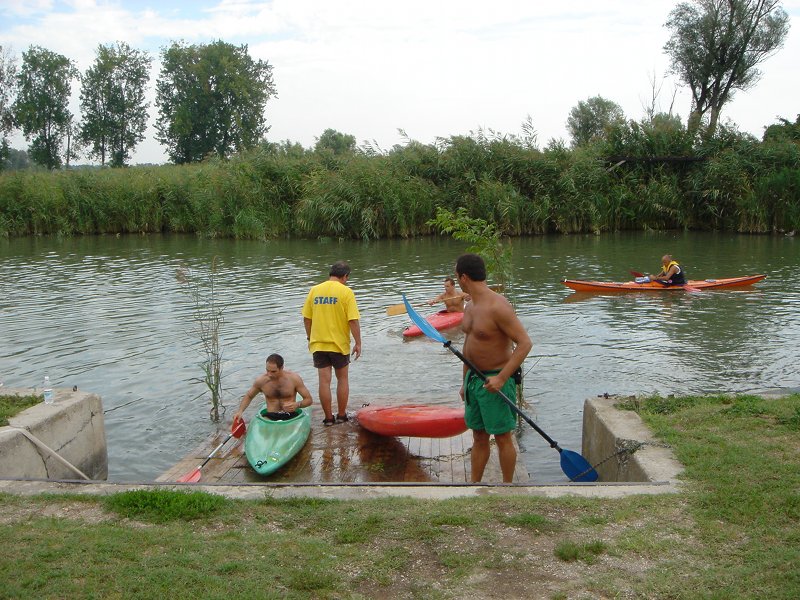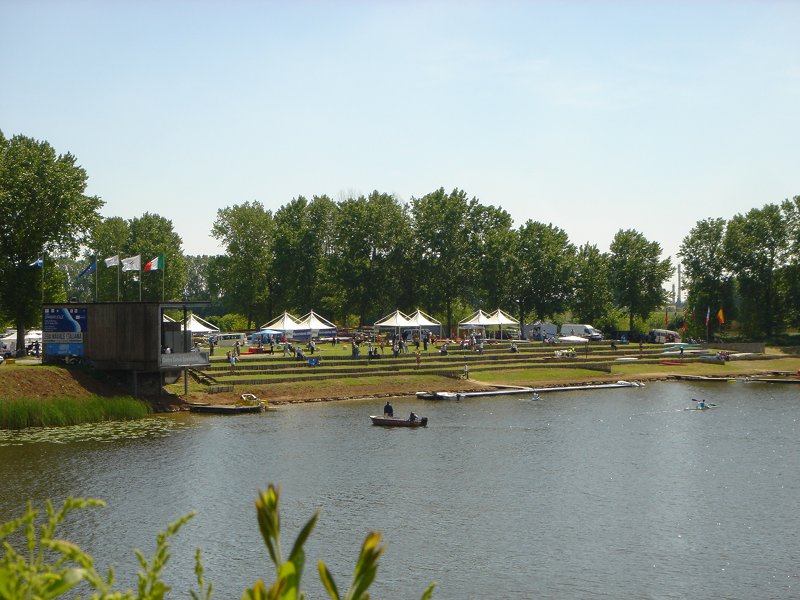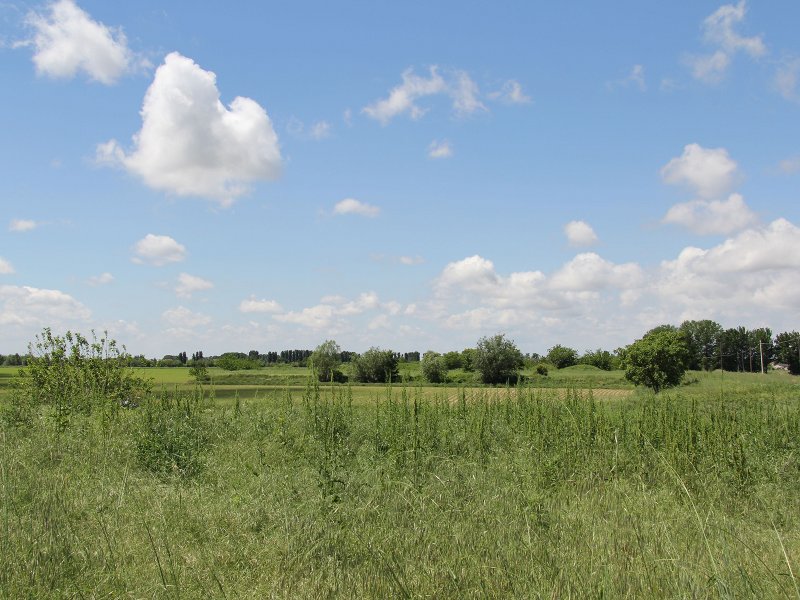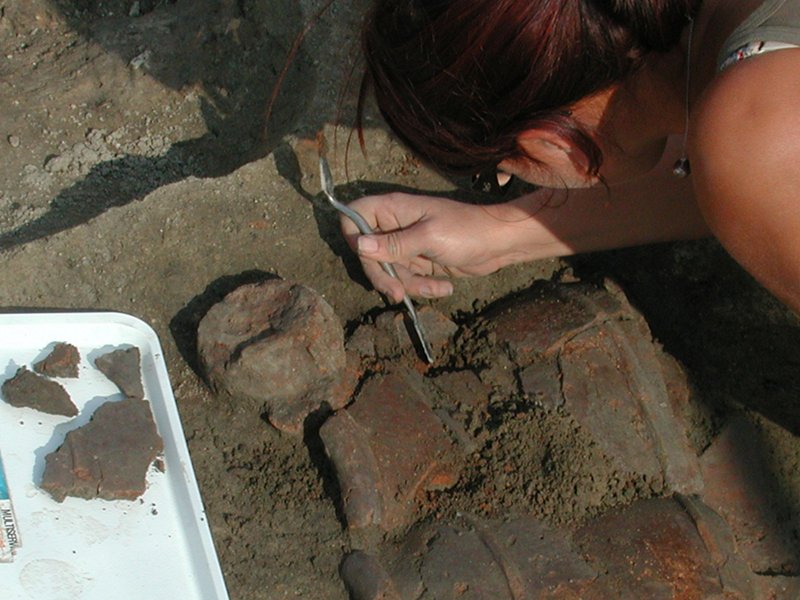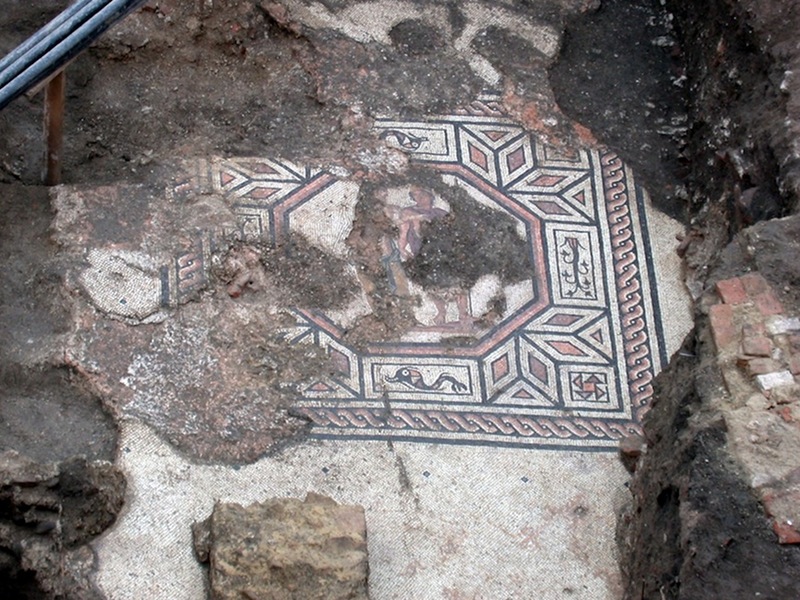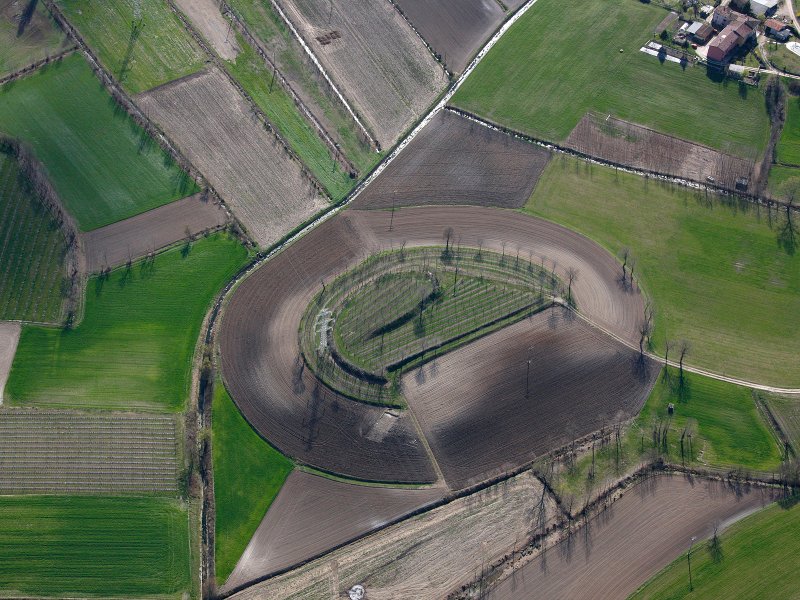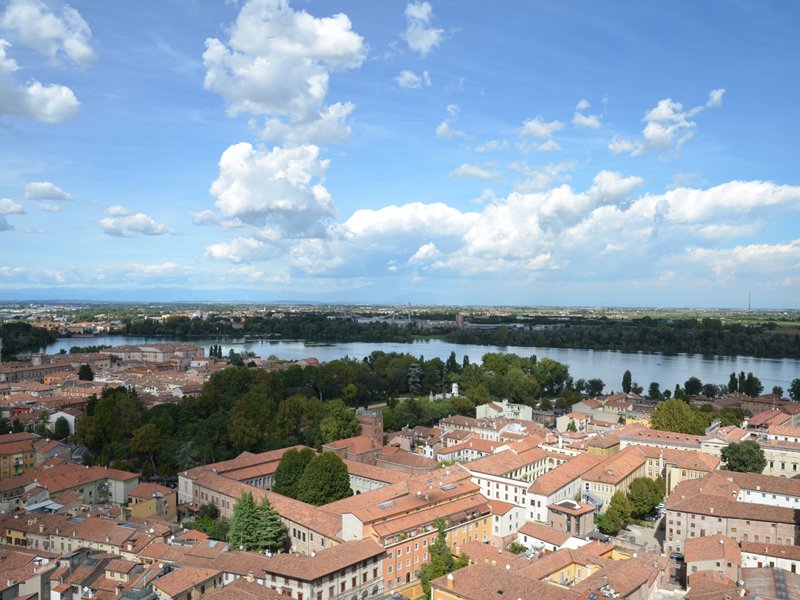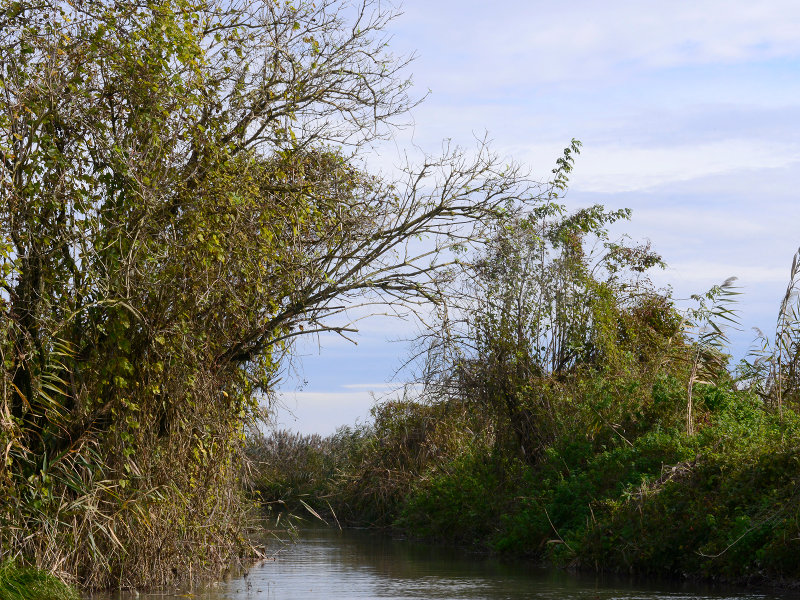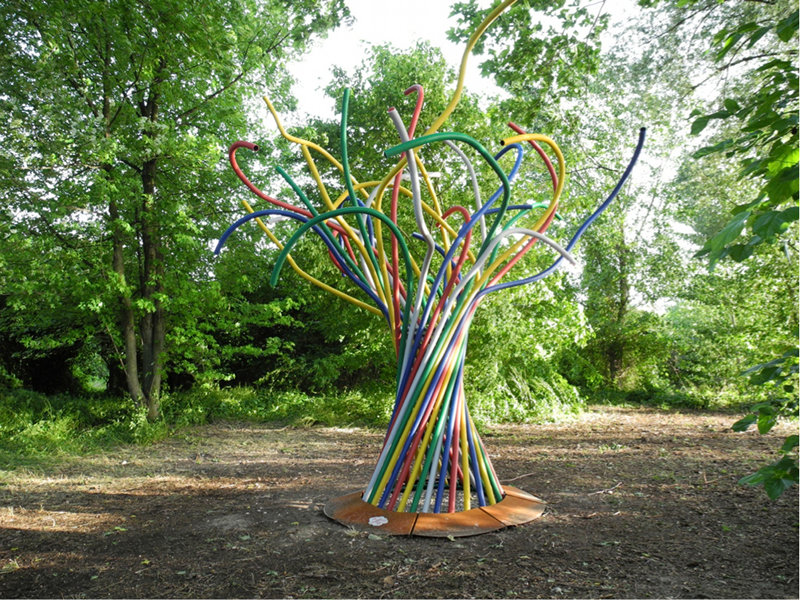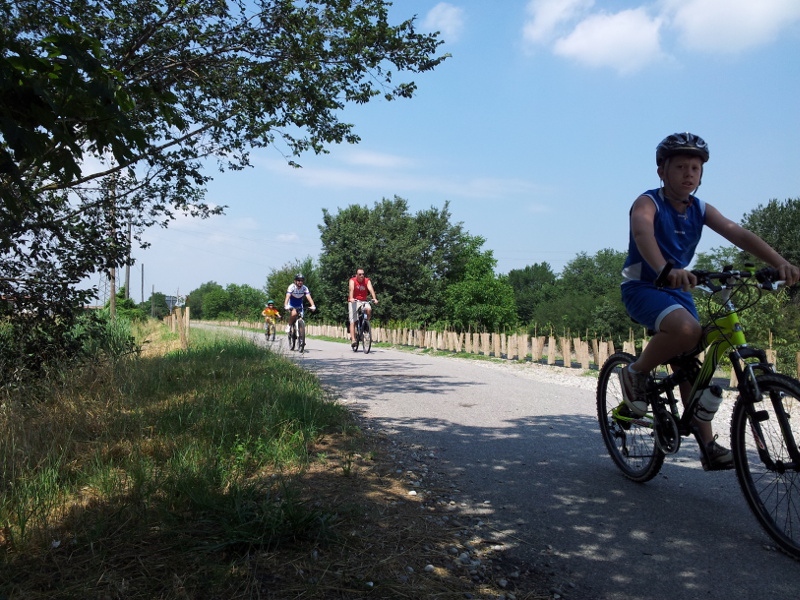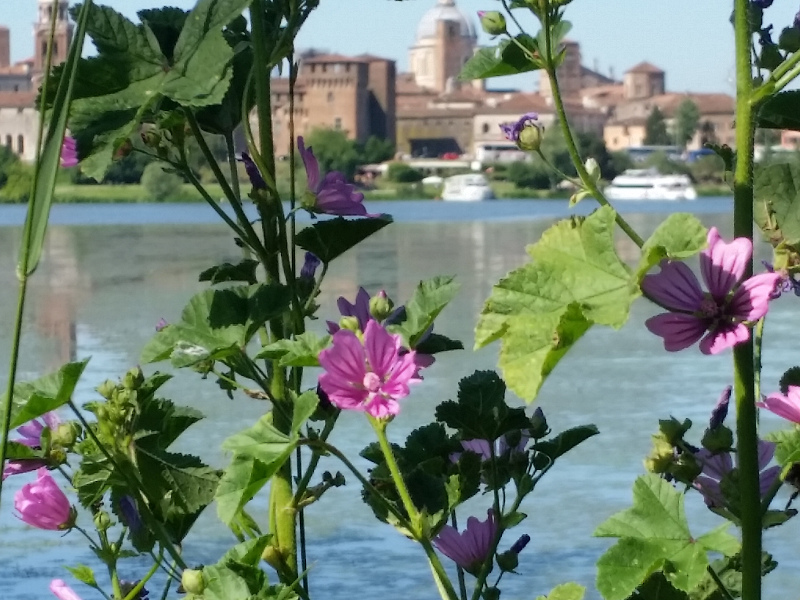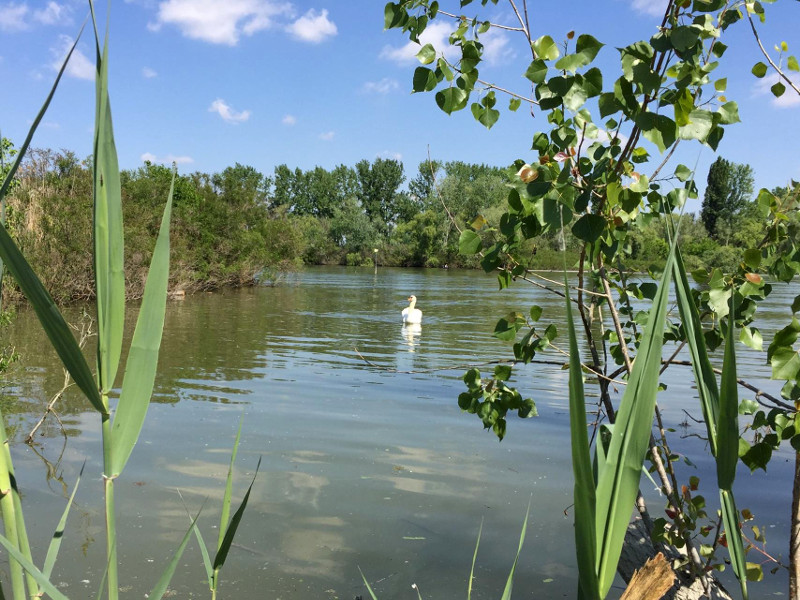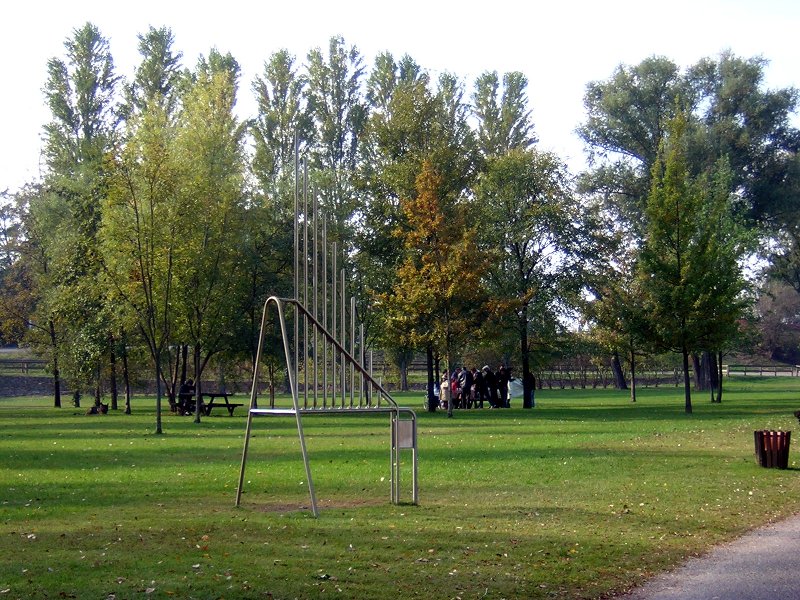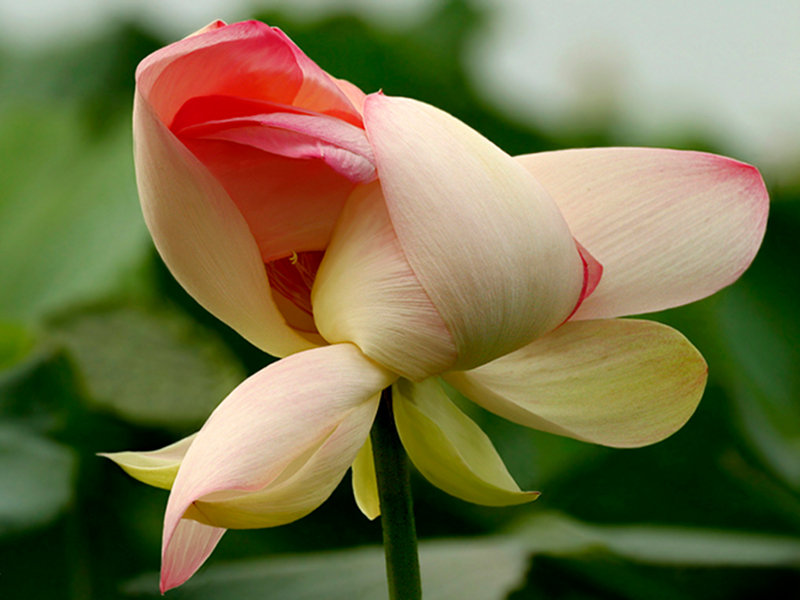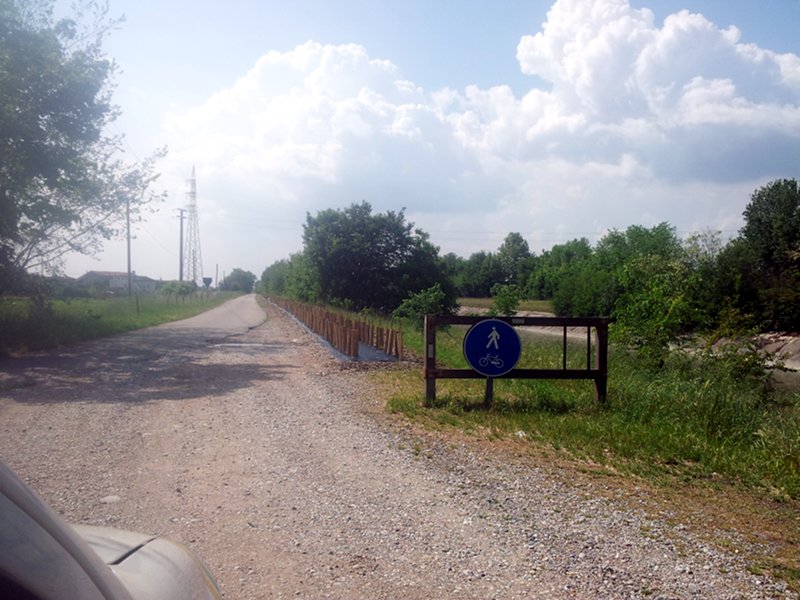Parco del Mincio
www.parcodelmincio.itItineraries
Between Garda and Po, the Parco del Mincio Protected Area is a tourist destination known as "Terre del Mincio".
A strip of Lombardy nestled between Emilia and Venetia, a territory made of water and land stolen from the water, which includes Mantua, UNESCO town, the art treasures and the symbols of a past marked by war events that were crucial in the history of Italy, and by a variety of natural environments of incomparable charm that the Mincio river shaped with unique ability. From the moraine hills to the confluence with the Po river, Terre del Mincio is also an unprecedented path to discover monumental beauties, the works created by the human genius, landscapes shaped by nature in unique ways and expressions of the traditional tastes and wine-and-food tradition. The itineraries - planned on the basis of the cycle tourism, of the river sailing, of the wine-and-food tradition, of the military history and of biodiversity - allow us to discover its many and fascinating interpretation keys.
Ecotourism and Guided Visits
To visit the Mincio Park with the help of an expert you can contact the didactic-tourist office of the Park Authority: for small and big groups proposals to visit the protected areas are available. Phone number: +39 0376 228320 (in the morning from Monday to Friday, from 9.00 am to 1.00 pm), e-mail didattica@parcodelmincio.it
EDEN Routes
EDEN Project - Excellent European Destinations
"Gran Tour" (great tour) of the Valleys and "Le Valli nascoste di Soave" (Soave's hidden Valleys) are two itineraries that better help us understand the excellence of the Mincio valleys Nature Reserve and of the villages overlooking this extraordinary ecosystem.
Itineraries by bike
There are many itineraries by bike in the protected areas that cross the whole Park and are often completed with dirt roads easily accessible. The most famous itinerary is the Mantova-Peschiera (here you can find the map of the route) while south of the town the bike routes border Mincio's river bank up to the river Po. Many intermediate stretches allow the visitors to reach the Bertone Visitor Center and the Fontana Forest Nature Reserve (from Mantua, first stretch of the Mantova-Peschiera) and the Visitor Center and Ethnographic Museum of the River Professions in Rivalta sul Mincio (from Mantua following the new cycle lane up to Grazie and going on up to the village of Rivalta). The tour of Mantua's lakes' shores is another chance to know the natural habitat around the capital city.
To download the map of the cycling paths of the Province of Mantua and all the descriptive information of the routes, visit the website of the Province of Mantua.
Every year in May the event "roundabike" takes place in the Park, a calendar of events and itineraries dedicated to the bikes. In September the Mantua Bike Festival takes place.
Bike rental:
- Giovanni Busselli's Mantua Bike
Viale Piave, 22/B (near the bus station), ph. +39 0376 220909 (2014/2015 rates, including VAT: half day 10.00 Euros, whole day 13.00 Euros. Insurance for damage and additional service: delivery and collection up to 60 bikes in every site of Mantua and Garda Lake).
- La Rigola
Via Trieste, 5 (near the Catena Harbor). Ph. +39 0376 366677 - +39 335 6054958 (2013 rates, including VAT: city bikes with no gears, 1 hour 3.50 Euros, the whole day 15.00 Euros, Bikes with gears, 1 hour 7.00 Euros, the whole day 30.00 Euros).
- In Governolo di Roncoferraro at the Ostello dei Concari Ph. +39 0376 1590315 - E-mail: info@ostellodeiconcari.com - website: www.ostellodeiconcari.com
- In Volta Mantovana at the Chiosco dei Mulini,
via dei Mulini - mobile ph: +39 335 1220087, e-mail: info@chioscodeimulini.it - www.chioscodeimulini.it
- Marengo di Marmirolo: Mantovabikexperience - Via Bacchelli, 6 (a 300mt dalla ciclabile Mantova Peschiera) - ph. +39 338 1208689 - www.mantovabikexperience.com (Rates: half day 10.00 Euros, whole day 15.00 Euros)
- Grazie di Curtatone: Mantovabikexperience - Via Francesca, 51 - ph. +39 338 1208689 - www.mantovabikexperience.com (Rates:half day 10.00 Euros, whole day 15.00 Euros)
An advice for the bikers: along the cycle lanes you should try to avoid going out from the lane and going on the grass. If you need to cross a grassy area it is better to get off the bike and carry it by hand. In some seasons, from late summer to fall, an herbaceous plant releases its thorns which stick in the tires and puncture the inner tube.
Along the Central Mincio
Departing from the centers of each of the three municipalities belonging to the Central Mincio there are itineraries along the river Mincio or nearby which are particularly charming, that you can cover on foot or by bike. The waterfronts in Volta Mantovana and Goito have been renovated through the imrpovement of the connection routes between the urban centers and the river. In Marmirole you will find it particularly interesting to follow the water courses, especially along the Mincio.
MedioMincio is crossed by the cycle lane "Mantova-Peschiera": for information about this and other cycle routes http://www.provincia.mantova.it/context.jsp?ID_LINK=553&area=7
Fortresses, towers and castles
Four thematic itineraries
The territory around Mantua often was a battle scene in the centuries when northern Italy was devastated by the many wars at that time. Always characterized by a fragile balance between earth and water, this territory became part of the fortified systems realized by different state authorities in the course of time according to the new defensive needs and to the always changing art of war.
Thanks to its particular geographical structure Mantua had a significant strategical-military value. As a connection between Venetia and Lombardy, the river Mincio was the scene of the most significant battles occurred in the northern Italy. The presence of many fortresses are a testimony to these facts. They were placed in the shape of a checkerboard and gave life to several defensive systems along the river, according to a drawing kept together by nature.
Manufactured goods, works and monuments are today silent symbols of the territory's military history and fundamental elements of the landscape, thanks to their quantity, quality and significance. These elements create a new tourist theme: "Fortresses, castles and towers: Mincio and war", consisting of four different itineraries.
Itineraries realized within the system actions of the project "Terre del Mincio", Mincio Park leader authority, author Claudia Bonora Previdi.

![]() Short guide: download
Short guide: download
"Forti, torri e castelli. Il Mincio e la guerra. Itinerari turistici"
Book Series "Terre del Mincio", thematic itineraries.
Conception and publishing coordinator: Mincio Park. Author: Claudia Bonora Previdi.
Photos: Virgiliana National Accademy, Archive of the Mincio Park, Cty Library of Treviso, Teresiana city library in Mantua, Claudia Bonora Previdi, Gian Pietro Brogiolo - Lisa Cervigni - Giovanni Zandonella Maiucco, Collection of the Ente Cassa di Risparmio of Florence, Consorzio di Bonifica Territori del Mincio, Arco Mantova foundation, Alberto Pedroni - Exploring Academy, Pro Loco of Ponti sul Mincio - photo Ivan Fortunato, Wikimedia.
The use of the materials was previously authorized by each organization, which we really thank.
Thanks to: municipality of Mantua, Society for the Ducal Palace.

Useful information:
For further information: www.terredelmincio.it - www.mantovafortezza.it
For guided hikes along the described itineraries (for groups): Mincio Park's didactic office 0376/228320 - didattica@parcodelmincio.it
For visits to the fortresses: Forte Ardietti: +39 0376 88121 | Forte di Pietole: +39 0376 283037 | Forti di Borgoforte and Motteggiana: +39 0376 641411
For guided hikes to the river Museum and Bertazzolo hollow in Correggio Micheli and Governolo: +39 340 8806468
On the water
On boat
On the Mincio and on the lakes of Mantua many sailing societies carry out planned departures from Mantua, Grazie di Curtatone, Rivalta sul Mincio. To gain information on the schedule and the sailing route it is possible to refer to their proposals, and there are many choices: you can sail by motor ship, or you can cut through the water of the lakes and of the Mincio river on electric or solar power boats, or you can even slide by canoe among the groves of reeds of the valleys and the islands of the lotus flowers. The stretches branch off from the Upper lake and from the Nature Reserve of the Mincio Valleys (Mantua, Grazie, Rivalta), from the Middle or Lower lakes of Mantua and towards the Nature Reserve of Vallazza, with possible extension along the Lower Mincio up to the Po, through the canal locks.
On Canoe
The stretch of Alto Mincio goes from Pozzolo sul Mincio to Manua, easily navigable on canoe in safety conditions. In the north, instead, from the exit of Lake Garda to Pozzolo, the river is channeled and presents some risky stretches - even mortal - due to artificial barriers. The paths that could be crossed on canoe for individuals and/or groups are mainly three:
1. Pozzolo-Goito l 2. Goito-Rivalta l 3. Rivalta-Mantua
There are several points of loading and landing, here the most recommended. In the entire path from Pozzolo to Mantua there are three barriers (artificial barriers) that could be crossed only with transshipments and another barrier (rosta of crumbled concrete and rocks) that could be easily crossed jumping: it is better not to cross it with transshipments.
The itineraries on boat are proposed by the several shipping companies working on the river Mincio and Mantua's lakes.
The itineraries on canoe are proposed by Arturo Ghirardi, in charge of Ufficio Promozione delle attività dello Sport in Mantua. It is necessary to follow the recommendations about descent, landing and transshipment points not to risk - even deadly. If you are not well trained or you do not know much about the river, it is necessary to be accompanied by an expert canoeist guide.
ArcheoMincio
The places of the ancestors and the Archaeological Museums
The definitive shrinking of the glacier which shaped the territory between the Garda lake and the Po river and led to an improvement of the climate, had also facilitated the appearance of the first stable settlements by the river Mincio since the 4th or 5th century B.C.
Since the Neolithic this side of the eastern Lombardy had played a particularly significant role: it was a border area of contacts, interactions, exchanges, wars and alliances, it was then a crossroads for the different cultures of the Bronze Age, where Celts, people from Venetia and the Etruscan civilization lived together. In the Early Middle Ages this territory also was the scene of the battles between Longobards and the Byzantine people. Along the river and near it there are many testimonies of the presence of these cultures, but only the Domus Romana in mantua and the Forcello Archaeological Park are accessible.
Researchers took a census of the other findings, that were covered in order to safeguard them, and the same happened for the non-monumental findings found during the building works.
These pages, therefore, offer a summary of the main archaeological researches carried out in the territory, through a mainly naturalistic itinerary. Visitors are asked to entrust especially to some places the recall of the situations and the landscapes where the ancient settlements were born and developed, places still characterized by their original features.
Itineraries realized within the system actions of the project "Terre del Mincio", Mincio Park leader authority, author Claudia Bonora Previdi.

![]() Short guide: download
Short guide: download
Title: "Archeomincio"
Book Series "Terre del Mincio", thematic itineraries.
Conception and publishing coordinator: Mincio Park.
Authors: Alberto Crosato and Raffaella Tremolada, archaeologists
Photographs: Archive of the Mincio Park, Lombardy's Authority for the Archaeological goods, Archaeological Museum of the Alto Mantovano, Forcello Archaeological Park, Alberto Crosato.
Thanks to: dott. Raffaella Poggiani Keller and dott. Elena Maria Menotti (Lombardy's Authority for the Archaeological goods), Adalberto Piccoli (Archaeological Museum of the Alto Mantovano), dott. Claudia Fredella (Forcello Archaeological Park).
 Useful information:
Useful information:
For guided hikes along the described itineraries (for groups): didactic office of the Mincio Park: +39 0376 228320
Archaeological Museum of the Alto Mantovano, Cavriana, Piazza Castello, 5; Ph. and Fax +39 0376 806330; E-mail: museo.cavriana@libero.it - Opening hours: from Tuesday to Friday, from 9.00am to noon, Saturday, Sunday and holidays from 9.00 am to noon and from 3.00 pm to 6.00 pm (July and August from 4.00 pm to 7.00 pm); closed on working mondays and from the 16th of December to the 1st of February.
Mantua National Archaeological Museum, Mantova, Mantua, Piazza Castello; Ph. +39 0376 320003 - Fax +39 0376 318293; E-mail: sba-lom.mn.nucleooperativo@beniculturali.it - opening hours: from Tuesday to Saturday, from 8.30 am to 6.30 pm, holidays from 8.30 am to 1.30 pm; closed on working mondays
Domus romana of Piazza Sordello, Mantua, Piazza Sordello; Ass. "Rigoletto". Mantova Tourist Guides, Confcommercio, propose guided tours everday from Tuedsay to Saturday morning. For information: Tel. +39 0376 288208 - +39 338 8678017 - E-mail: info@guidemantova.info - Piazza Cavallotti, 1 - 46100 Mantova
Francesco Gonzaga Diocesan Museum of religious art, Mantua, Piazza Virgiliana, 55; Ph. +39 0376 320602 - +39 0376 319511 - Fax +39 0376 320602; E-mail: museofgonzaga@alice.it - opening hours: from Wednesday to Sunday from 9.30 am to noon and from 3.00 pm to 5.30 pm; on working mondays and Tuesdays open only for groups by previous booking.
Forcello Archaeological Park, S. Biagio di Bagnolo S. Vito, SS 413 "Romana", Via Valle; Ph. +39 0376 413317 (culture office of the municipalità of Bagnolo S. Vito); E-mail: info@parcoarcheologicoforcello.it - opening hours: from March to October everyday by previous booking, Saturdays and Sundays from 10.30 am to half past noon and from 3.30 pm to 6.30 pm; everyday by previous booking for guided visits and didactic workshops.
Virgiliano Archaeological Museum, Pietole di Virgilio, Via Parma, 34; Ph. +39 0376 440439 - open on demand.
River museum, Governolo di Bagnolo San Vito, via Nino Bixio, 10: ph. +39 340 886468 Pro Loco Bagnolo San Vito; open on Sundays until the 31st of December 2013, for single visitors or for groups of at least 10 participants.
Publication realized within the integrated project entitled "Terre del Mincio, waterfront dal Garda al Po" - European co-financing FESR, POR 2007-2013 - intervention 4.1.1.1 "Promotion and spread of a sustainable use of the protected areas system through the safeguard and the enhancement of the cultural and environmental heritage" - Region Lombardy - Mincio Park leader authority.
On foot and by bike
The itineraries by bike in the Mincio Park's protected area including "Terre del Mincio" are numerous and cross the whole Park's area, and they are often completed by easily accessible dirt roads. The most famous trail is the Mantova-Peschiera, while south of the town the trails by bike follow the Mincio river bank up to the Po river.
Many intermediate trails allow visitors to reach the Bertone Visitor Center and the Foresta Fontana Nature Reserve (from Mantua, first stretch of the Mantova-Peschiera), as well as the Visitor Center and Ethnographic River Professions Museum of Rivalta sul Mincio (from Mantua through the net cycling path up to Grazie and going on up to the village of Rivalta). The tour of Mantua's lakes' shores (periurban park) is a further opportunity to know the natural habitat around the principal town. Every year in May the event entitled "Roundabike" takes place, a calendar packed with events and itineraries dedicated to cycling tourism.
Here you can rent a bike in Terre del Mincio
Print a different map or read some publicity materials
Nature Oasis
Terre del Mincio keep many and significant caskets of biodiversity, unique habitats created by the harmonious union between the plain and the river waters, inhabited by rare, endangered or protected plant and animal species. There are two Nature Reserves and Sites of Community Importance (SCI) of the Natura 2000 Network: The wetlands of the Mincio Valleys and Mantua lakes, and the "Vallazza". A third reserve situated outside the Park's borders but managed by the Park authority is "Castellaro Lagusello". An other Natura 2000 site is "Chiavica del Moro". The "Valli del Mincio" and "Vallazza" nature reserves are classified as Special Protection Areas (SPAs) because of the presence of fauna and flora of community importance. The Mincio valleys are also classified as EDEN (European Destinations of ExcelleNce) tourist destinations of excellence (runner up 2009).




